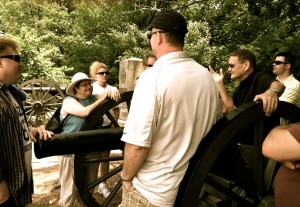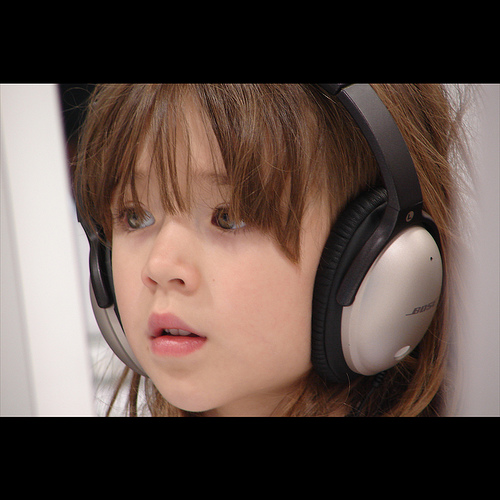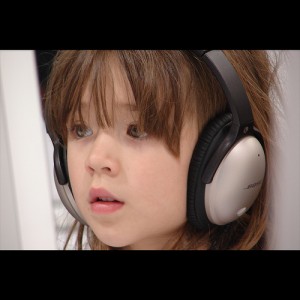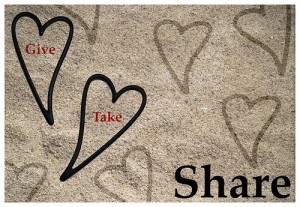 In many school districts, when summer arrives, administrative teams come together for the annual “admin retreat.” When I first heard this term, I envisioned principals and central office personnel packing up their camping gear, overdosing on bug repellant, and venturing into the Pennsylvania woods somewhere to discuss the trials and tribulations of the role of the administrator. For the past two years, my experience with the admin retreat has consisted mainly of day-long meetings (drowning in data) held in overly air-conditioned rooms (how can I concentrate on all of this delectable data if my body temperature is 92 degrees?) at a local conference center or golf course banquet hall (greens fees not included).
In many school districts, when summer arrives, administrative teams come together for the annual “admin retreat.” When I first heard this term, I envisioned principals and central office personnel packing up their camping gear, overdosing on bug repellant, and venturing into the Pennsylvania woods somewhere to discuss the trials and tribulations of the role of the administrator. For the past two years, my experience with the admin retreat has consisted mainly of day-long meetings (drowning in data) held in overly air-conditioned rooms (how can I concentrate on all of this delectable data if my body temperature is 92 degrees?) at a local conference center or golf course banquet hall (greens fees not included).
Not so this year.
Kudos to my superintendent for exploring alternative options for our retreat this year, as we spent the day immersed in stories of leadership through the lens of the American Civil War, on the battlefields of Gettysburg. Battlefield Leadership, led by former school administrator Dr. Michael McGough, was highly engaging, personally relevant, and one of the most meaningful days our administrative team has spent together.
Interwoven through his detail-rich tales highlighting the people, places, and events that comprised the battle of Gettysburg, Mike used examples of Civil War leaders’ thought processes, strategies, and character traits to shape our understanding of various leadership styles and provide us with essential principles for educational leaders. He often referenced Jim Collins’ Good to Great, John C. Maxwell’s The 21 Irrefutable Laws of Leadership, as well as wisdom shared by Lee Iacocca in Where Have All the Leaders Gone?
I’d like to share with you several of the leadership principles and ideas we discussed yesterday.
- “A leader without followers is just a person taking a walk.”
- A leader understands her role in the organization.
- A leader doesn’t allow his followers to forge ahead without first surveying the lay of the land. He leads from the front, but he always gauges where his team is, and knows how he will adjust if necessary.
- Great leaders always have a plan B. And a plan C. A great leader is always focusing on his next move in checkers, not the move he’s about to make.
- True leaders breed other leaders.
- Powerful leaders know the people they’re leading. Build relationships.
- “The absence of leadership is chaos.”
- The people you’re leading should always know exactly what you’re asking them to do. When there are communication lapses, it causes frustration for both the leader and his followers.
- Leaders understand that they are part of the emotional framework of the organization. They lead with civility and compassion.
- Always be willing to adjust long-term goals based on short term successes and strategies.
- What one thing made Lincoln such a powerful leader? Unwavering vision. (Did Lee lack this quality?)
- A leader knows the difference between winning and not losing.
- A great leader concerns herself with the critical mass. She does not base her effectiveness on the accolades of the two people who think she walks on water, nor the two people who criticize her every move.
- Ego-driven leaders are not true leaders.
- You’ll never hear the bullet that hits you.
- Leaders effectively and eloquently react to unexpected circumstances.
- Leaders are directly responsible for some successes, and others are delivered to them by successful team members. Know the difference. Recognize and celebrate the team members who bring the organization success.
- It is essential for a leader’s followers to respect the leader and what he does. It is not essential for a leader to be well-liked by everyone in the organization.
- Leaders know when to admit defeat and take responsibility for it.
- Leaders have the desire to express a lot of things… but true leaders know what’s appropriate to express and how to do so.
- Leadership is time, place, and situation sensitive. Leadership can be studied, refined, and augmented to meet any condition.
- When issuing directives, make it clear whether you want the task completed effectively or efficiently. Dedication to one may be at the cost of the other.
- A great leader knows where a person best fits within the organization. He delicately and personally evaluates each person’s performance and moves them to another role if necessary for the good of the organization.
- Leaders make sure to differentiate between fact and opinion when someone else delivers information to their door.
- It’s not degree or pedigree… true leaders are born of hard work. True leaders are tired at the end of the day.
- Leaders understand the power of words and know how to use them.
We were asked to consider each thought in the context of our role(s) within the learning organization, and I encourage you to do the same. At the start of our day, we were given green and yellow index cards. Our task was to consider our goal-setting, our strategies, our actions, and jot down things we wished to stop doing on the yellow cards, since these things were not contributing to or aligning with our ultimate visions. On the green cards, we were to document ideas for how we might improve in an area or do things differently. At the conclusion of the day, we sealed the cards in separate, self-addressed envelopes, which we will receive anytime over the course of the next six months. These short messages will serve as reminders of our day together and all that we have learned.
If you would like to inquire about this learning experience and how it can serve your organization, Mike can be reached at drmike3@comcast.net. Many thanks to Mike and my administrative colleagues for a day immersed in history, learning, and camaraderie.















